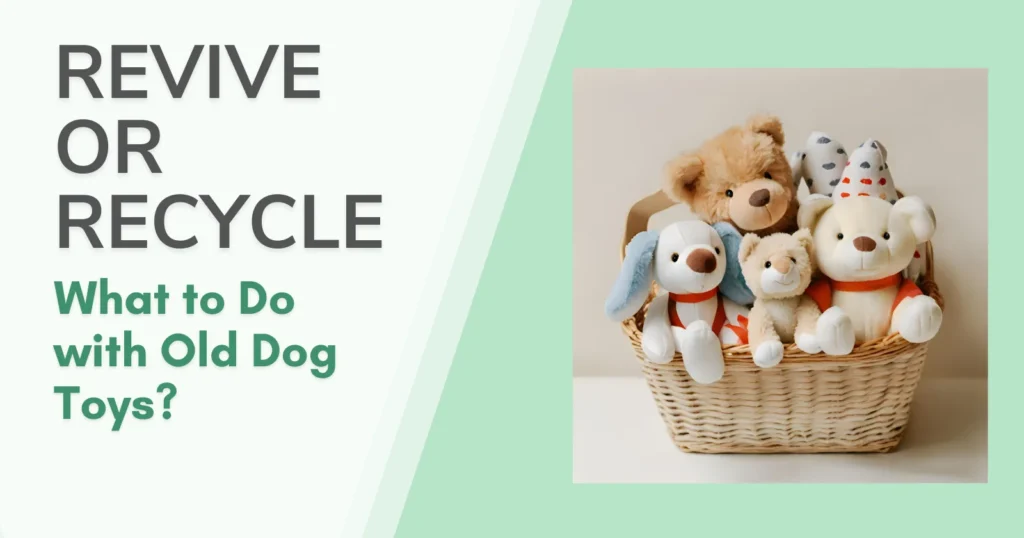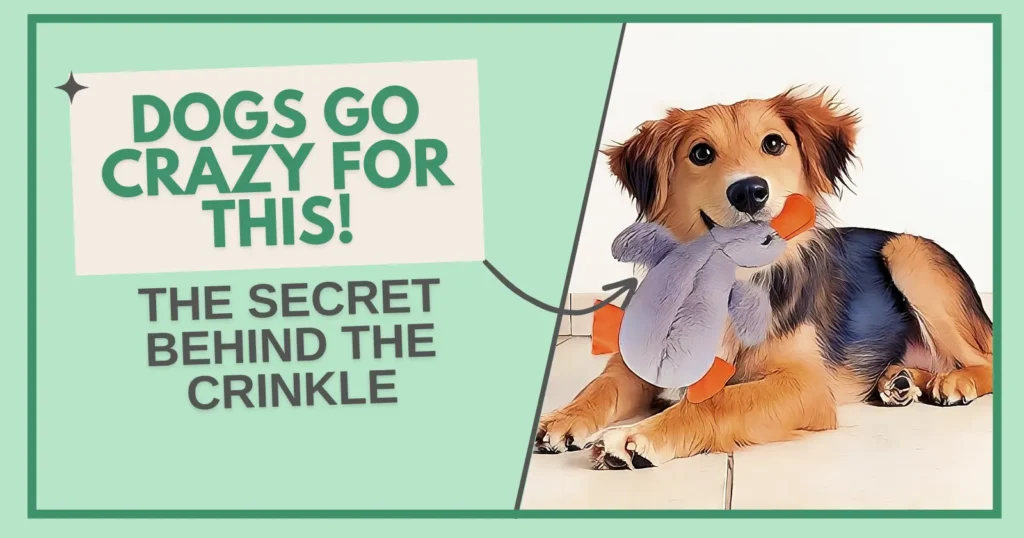Sometimes, getting your dog to show interest in their toys can be hard. This can result from a lack of mental stimulation, their inability to comprehend what to do with a toy, or simply the wrong choice of toys. When you tackle these problems, you can spark their interest in toys.
9 Reasons Why Your Dog May Not Interested in Toys
The toys aren’t engaging enough:
- Not the right type: Consider your dog’s breed, age, and play style. For example, a retriever might love fetch, while a bulldog might prefer chew toys. Offer a variety of toys with different textures, sounds, and smells.
- Too easy or too hard: If the toy is too easy, your dog might get bored quickly. If it’s too hard, they might find it frustrating. Choose toys that are challenging but achievable.
- Lack of novelty: Dog’s brain craves novelty. Same toys lead to:
- Reduced dopamine: Playtime becomes less rewarding.
- Predictability: Dog knows what to expect, gets bored.
- No exploration: No new mental stimulation from figuring out a “new” toy.
Your dog might not be motivated to play:
- Age: Puppies have more natural play drive than older dogs. As dogs age, their interest in play can decline.
- Health issues: Pain or discomfort can make playing unappealing. Consider consulting your vet to rule out any underlying health problems.
- Lack of training: Some dogs haven’t learned to find toys rewarding. You can train your dog to play using positive reinforcement techniques.
- Stress or anxiety: Anxious or stressed dogs might not be in the mood to play. Identify and address the source of stress if possible.
Other possibilities:
- Needs more exercise: A tired dog might not have energy for playtime. Make sure your dog gets enough physical activity each day.
- Prefers other activities: Some dogs prefer to play with other dogs or people rather than toys. Offer different forms of play and see what your dog enjoys the most.
Effective Methods on How to Get Your Dog Excited About Toys
Sometimes, your furry friend may lack enthusiasm when playing with their toy, so people often wonder how to entertain a dog who doesn’t like toys. However, using certain methods may help change this.


1. Take note of your dog’s personality.
Paying attention to your dog’s personality will help you pick the right toy for them; you need to see what excites them. Do they chase, or do they pounce on things? I experimented with multiple toys before figuring out the right one for my little furry friend. Mimicking their behavior during playtime is also a good technique.
Showing them different textures, colors, and materials will help you understand what gets them excited, encourage lots of goofy fun, and ensure you are involved. After all, they are your responsibility.
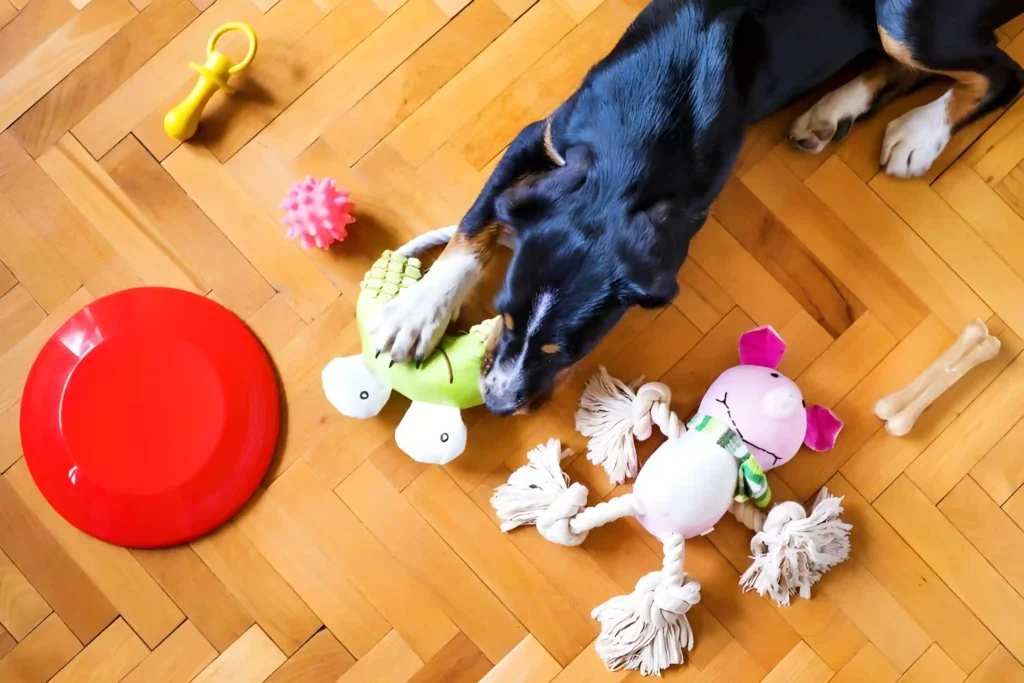

2. Intrinsic value
Your dog has no feelings towards the toy that would make it valuable, meaning that toys are unnecessary for survival. They know the value of food and water because they must eat and drink to survive. However, toys have no such association with them, so we have to train them to give their toys value.
To make the toys high-value, I only bring them to my dog when I can play with him. This keeps his interest alive as playtime becomes a reward, and he associates it with spending time with me. Just like that, toys have meaning and hold value.
Swapping their toys and not having them accessible always will also add value to them.
3. Playing with your dog
Teaching your dog how to play tug of war can jolt their interest in playtime. I started playing tug of war and fetch with my dog using different toys and noticed how he reacted. Rubber rings were his favorite, whereas triggers and balls did not get me much of a reaction.
Another effective play is hide, seek, and search; it works best when you get involved while using treats and food. Pouncing and shaking squeaky toys have proven to catch their eye as well. Allowing them to play with other dogs will enable a sense of competition, which tends to spark interest.
Show enthusiasm and act amazed in front of your dog when the toys come out of the bin. This will have them wondering what all the fuss is about, and just like that, you have interested them. But, it is beneficial to introduce one toy at a time, they may feel overwhelmed otherwise.
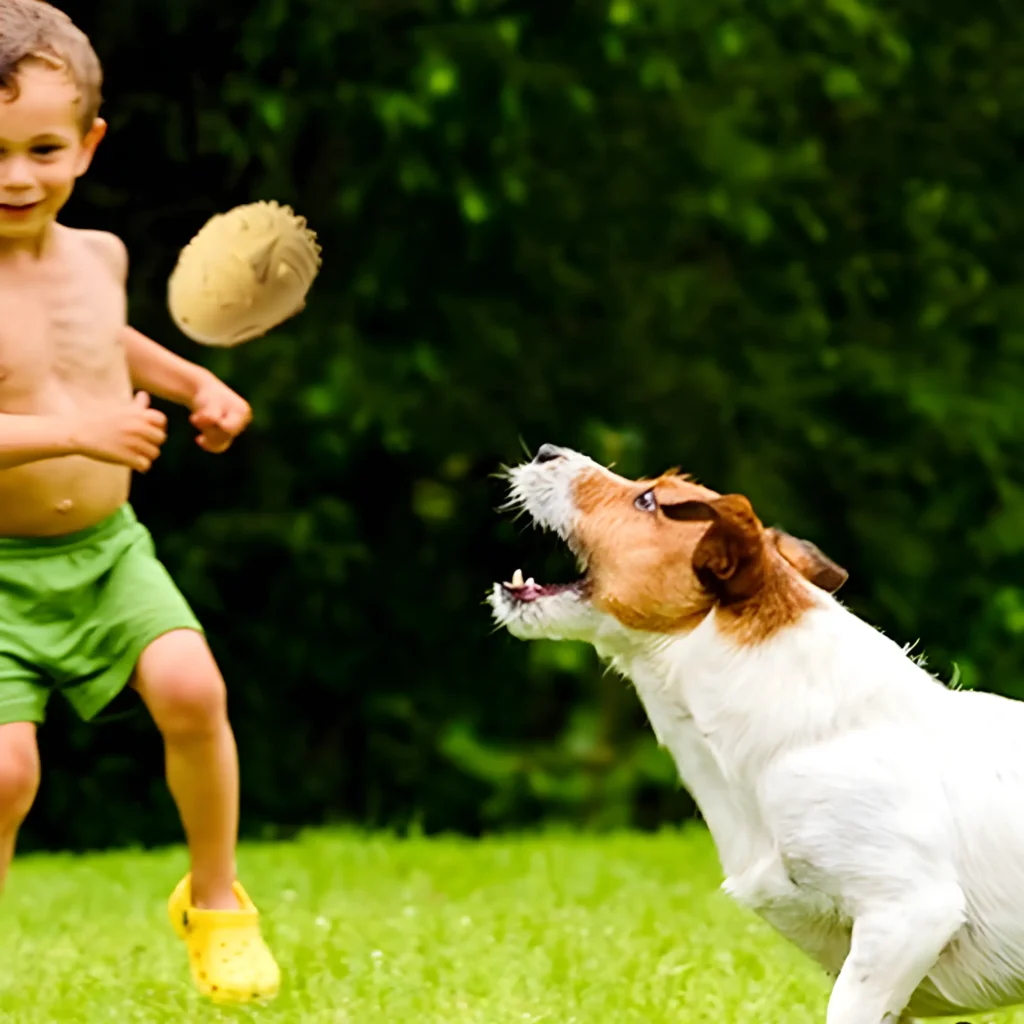

4. Treats for play
Giving your dog treats is the holy grail to get them interested. You can easily find toys that can be used to hide treats. Show the toy to your dog, let them sniff it, and then roll it on the floor. Your dog will follow the toy to get the hidden treats; hence, they starts associating the toy with food. They get to play and be rewarded; happy day for our furry friends. This method is the best to follow if you want to get your dog to chew on their toys.
Tip: try stuffing your Kong toys; they have space for you to load food in them. When your dog tries to get them out, encourage them by saying “good” or “good job .”This can also help with your dog’s separation anxiety.
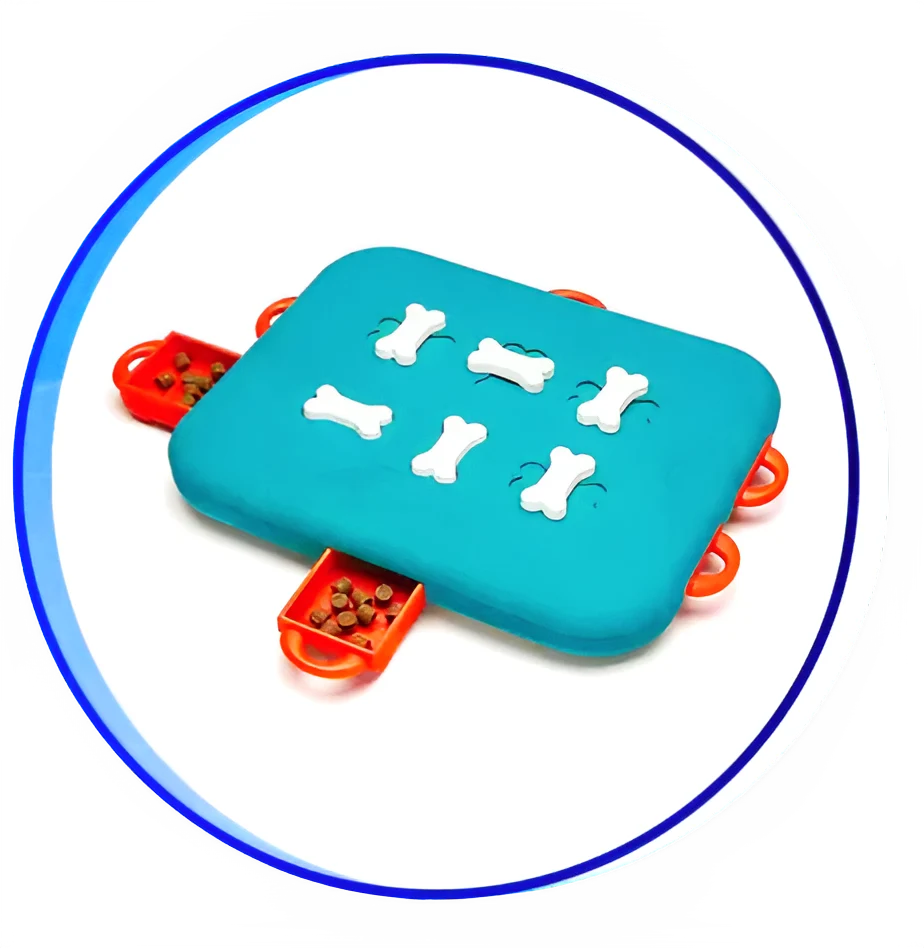

5. Rotate the toys
Dogs often get bored easily. They will likely get bored if you keep having them play with the same toy for prolonged periods. They’ll end up destroying their toys or completely losing interest to the point where they won’t even look at them. Bringing out different toys and switching them every few days will keep them interested and mentally stimulated.
When you’re building interest in a new toy, make sure to “keep it new”; this means to put it away before he starts showing signs of disinterest.
6. Using positive reinforcement
Train your dog to find toys, such that you reward them once they complete the task. Does your dog like to play “rough house?” Grab a toy and start playing right away. Does your dog like dog treats? Stuff those treats in your dog’s toys. Does your dog like to go outside? Train them to grab a ball when they want to go outside. Then, take that ball out with your dog and play fetch.
I used to train my dog such that I used to hold a toy in one hand and the treat in the other. Whenever I could get him to touch or interact with the toy, he was rewarded with a treat. Try playing with them before it’s time for their meal.
7. Decompression period
They might need time to learn and feel comfortable enough to play. Take your furry friend to the park and let them interact with other dogs over time. They see what other dogs are doing and catch on.
Be patient and let them get used to their new home. It takes time for them to open up, just like humans. There’s no point in forcing it. Once this period ends, your dog will slowly and gradually start expressing themselves and show you which toys excite them.






